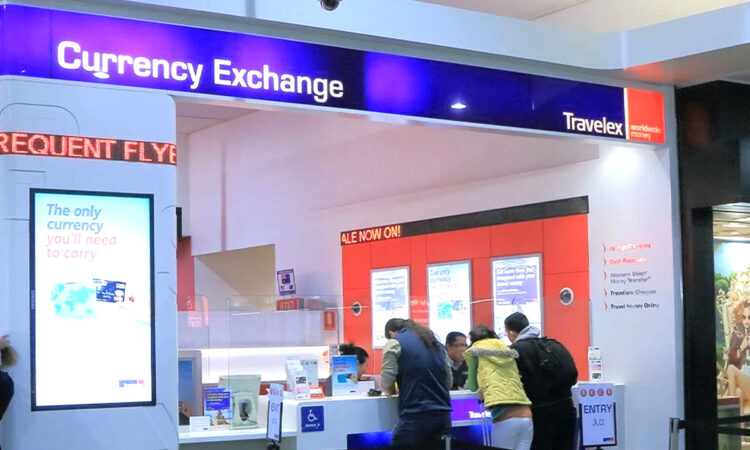
A section of NRIs who have settled and become citizens of countries like the U.S. are finding it increasingly challenging to send money back to India for investment.
This difficulty arises particularly because their children are studying in colleges, and there are potential hurdles in transferring money from India to countries like the U.S. in the future.
Nevertheless, overseas Indians have contributed significantly to their homeland by sending a remarkable $29 billion back during the final quarter of last year.
They’ve opted for smarter savings strategies, such as investing in foreign currency accounts offering higher returns compared to traditional bank accounts.
These financial transfers, known as remittances, play a vital role in supporting India’s economy.
They help narrow the gap between what India earns and what it spends internationally, known as the current account deficit.
Over time, this deficit has been decreasing, which is beneficial for India’s economic stability.
According to data from the Reserve Bank of India (RBI), the $29 billion sent in the last quarter of 2023 marks the highest amount ever recorded in a three-month period since 1991.
The majority of these funds originate from Indians working abroad, especially in the U.S., who send money to their families back home. Additionally, some of these funds are saved or invested within India.






